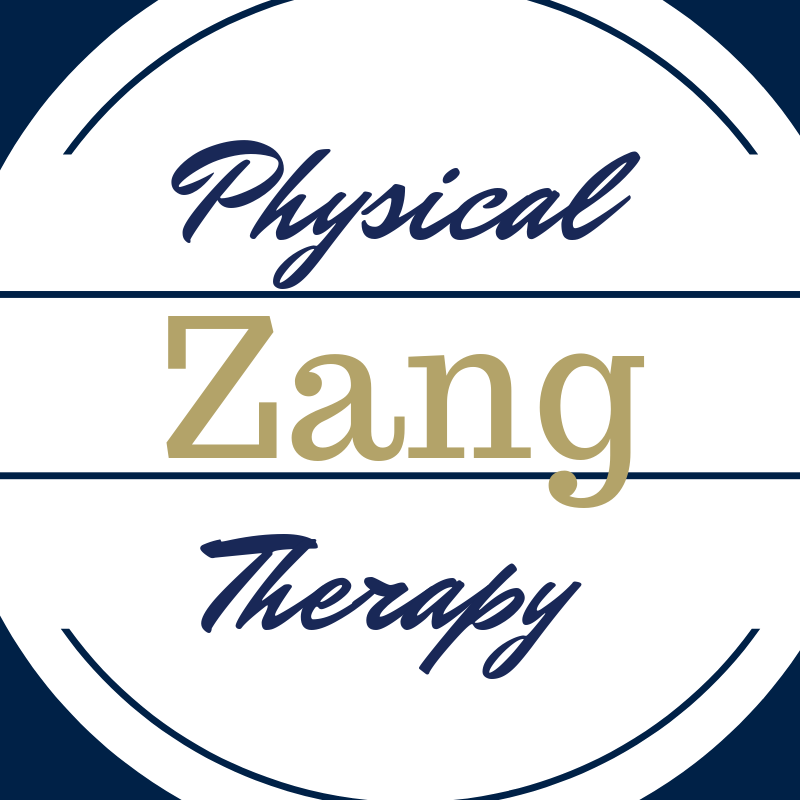Often IT Band Syndrome (ITB) is blamed for leg pain, but is it really the source? With this as the backdrop, lets get into more specifics here.
The ITB is a band of fibrous non-elastic tissue running from the outside aspect of the hip to just below the outer knee. Think of it as a separator of muscle tissue, one that helps provide some “structure” to the outer leg.
This tissue is poor at flexing or stretching meaning…try as you will, it really is not possible to “lengthen” it outside of surgery. They have studied whether it is possible to stretch the ITB and every time they come back with NO. So what then is stretching with those supposed ITB stretches?
Answer: the TFL, gluteus medius or lateral quad…depending on just how a person is trying to contort their body.
So why then does it hurt when pushed on?
It is a tense superficial tissue (meaning close to the surface) that does not like to be mashed on with fingers, foam rollers, or whatever else people wish to try. Don’t believe me? Find a person who does not report any ITB soreness and when pushed on will be sore – its just the way it is.
The next question is, if the problem is not the ITB, what is the cause of that outer hip, leg, or knee pain?
Well…there is not one simple answer here. A thorough physical exam is necessary to discover the exact cause for any one person.
But…there are some common reasons for and solutions.
1) Weakness of the gluteus medius muscle. This muscle influences hip/pelvis movement. If there is excessive movement due to weakness this can result in increased tension (then pain) either near the hip or outside of the knee. The solution is to work on strengthening this muscle group and thus improving muscle control at the hip/pelvis.
2) Excessive pronation at the foot. When the foot is in an overly pronated (flat arch) position this can increase strain up to the knee joint. Over time this can lead to a tension developing as the ITB crosses the knee joint and thus pain. This issue can be addressed via foot muscle strengthening, adjustment of footwear, or at time orthotics.
3) Tightness of the outer hip/thigh muscles (TFL and outer quad). Added tension in either of these muscles groups can result in extra strain occurring in the “ITB”. A specific stretching program to address this tension can be done. Additional treatments such as massage and dry needling can be helpful.
Again, there is no one size fits all approach to why and how to best treat ITB syndrome. But the good news is, it is very treatable.
Think you are suffering with IT Band issues and looking for answers? Fill out this Quick Form to learn more.
